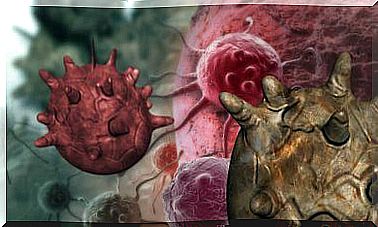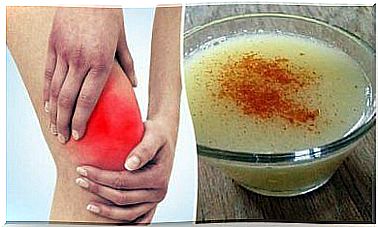The Difference Between Viruses And Bacteria
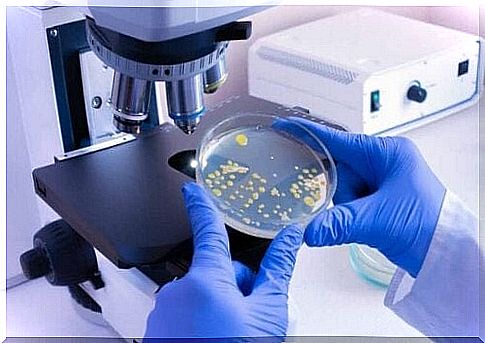
Both viruses and bacteria are microorganisms that can cause infections and damage our body. It is true that it can sometimes be difficult to identify the cause behind some infections, given their similarities. The truth is, however, that these two microorganisms are very different.
Now that we are in the midst of a global pandemic caused by a virus (COVID-19), it is important to understand the characteristics that distinguish viruses from bacteria more accurately. In the following sections, we will share the details you need to know.
General differences between viruses and bacteria
One of the main differences between viruses and bacteria is that viruses are more harmful to our health and always cause diseases. However, this is not the case with bacteria. There are many bacteria that make up part of our bodies. This is for example the case with the bacteria that maintain the pH balance in our digestive tract (intestinal flora).
However, it is not as black and white as this. A bacterial population that has gotten out of control in our body, as well as some disease-causing bacteria, can actually cause disease. In addition, thanks to some scientific advances, some viruses, known as bacteriophages, are used to treat certain diseases.
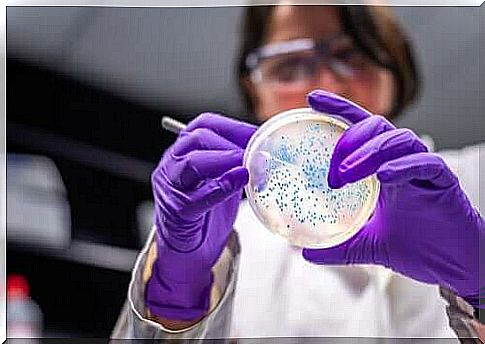
What are the structural differences?
Bacteria are independent microorganisms. This means that, given their complexity and reproductive abilities, they can survive on their own. However, this is not the case with viruses. It is not entirely clear whether a virus outside a more complex cell is able to survive.
Viruses lack the necessary metabolic “organs”. They also need a host cell to reproduce. Precisely because of this, they are not functional on an individual level, and they always need a more advanced organism to survive.
Viruses and bacteria are also different in size. Bacteria are almost 100 times larger than viruses. This means we can see them with an optical microscope. To be able to see a virus, however, you must use an electronic microscope.
This difference in size also has to do with the complexity of each organism. Bacteria consist of a bacterial wall and a cytoplasm, with all the organelles inside. Viruses consist only of genetic material and an outer protein membrane.
How do viruses and bacteria affect us?
Apart from the bacteria that already form part of our bodies, both bacteria and viruses find their way into us. They do this through the mouth, nose, sores on the skin, certain insect bites, etc.
Once inside our bodies, the immune system can respond effectively and prevent the consequences. However, the opposite can also happen: the microorganisms can cause infections or diseases. Viruses affect our bodies by damaging or killing cells by attaching to them and reproducing.
However, bacteria cause damage by consuming the resources of the cells in our bodies and by producing toxic substances. These substances are known as toxins. Although the infections caused by viruses tend to be systemic, bacterial infections are almost always local in the beginning.
The resulting disease and symptoms will primarily depend on the type of virus or bacteria. However, they also depend on the state of the host’s immune system and the general characteristics of the infected person.
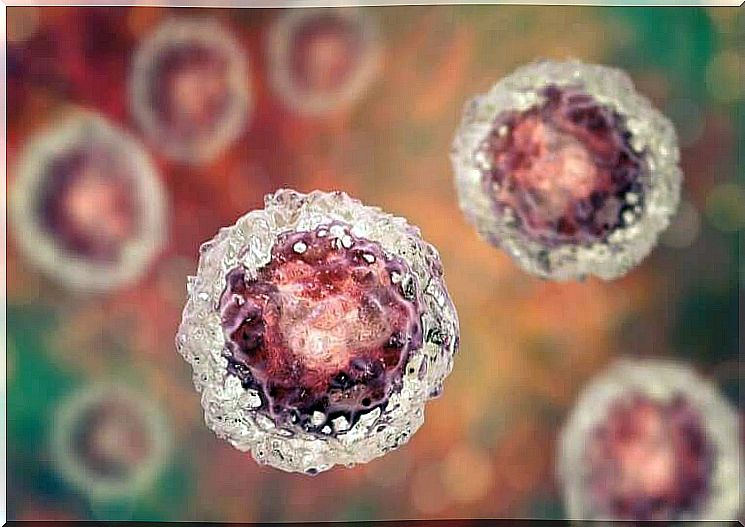
How to treat each type of organism?
Our immune system is naturally responsible for fighting the infections caused by viruses and bacteria. The better our immune system works, the faster and more effectively it will control the invasion. Furthermore, we can also get some “help” from the outside.
Against bacteria we have antibiotics, which are medicines that act against the cell wall of bacteria and against their reproductive mechanism. Each type of bacterium will respond to specific antibiotics. Since viruses do not have a cell wall or their own way of multiplying, antibiotics are ineffective against them.
In addition to antibiotics, we also have vaccines. Vaccines can work against both viruses and bacteria. They consist of dead microorganisms or fragments from inactive microorganisms. Each vaccine puts our immune system on alert for a specific pathogen in order to respond quickly and effectively.
Viruses mutate much faster and easier to adapt to the organisms they want to live in. Precisely because of this, it is difficult to develop a vaccine that is lasting and effective against them. An example is the flu – every year researchers produce a new flu vaccine.
Finally, to fight viruses, we also have something called antivirals or antivirals. Their behavior is similar to that of antibiotics, but they focus on different parts of the virus.
Viruses and bacteria: You need to understand this…
Although bacteria and viruses are similar and cause similar symptoms on a clinical level, they actually have many differences. As always, if you suspect an infection or have symptoms, consult your doctor. Hen will be able to make the correct diagnosis and suggest the best course of treatment.
